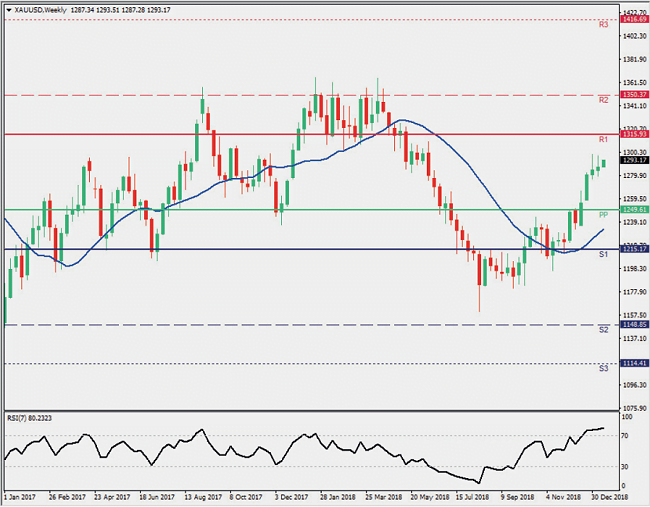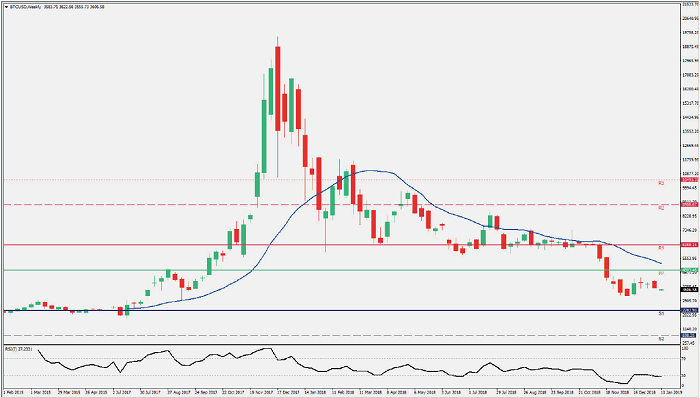As another year comes to an end we are not only left scratching our heads as to where the last twelve months have gone, but also what can we expect from the markets in 2019? Last year seemed to start with a lot of positivity on the back of a strong 2017, the Dow Jones continued to ride the Trump wave through January and would later go on to reach all-time highs despite a number of tough months.
Cable finished January at 1.419 and reached a high of 1.437 in April, a month that would go on to prove very difficult for the value of the sterling and set the tone of decline for the rest of the year. Holiday makers can only dream about what those price levels must have felt like given cables current value.
Look at the NASDAQ, we saw Apple become the first ever company to reach a valuation of $1 trillion and the index seemed to be on an unstoppable charge before a harsh reality check in October.
Brexit, trade war and US treasury yield curves
Brexit is just one of a number of factors that represents a significant headwind for equity markets in 2019. The US and China continue to lock horns over tariffs and although a 90 day truce has been agreed until March, it would be unwise to think that the two economic super powers are back to being friends.
In Europe, the ECB stopped expanding its quantitative easing and purchases program in December, removing a stimulus that many credit for helping revive the Eurozone after a double-dip recession and debt crisis.
It also becomes impossible to ignore the concerning behaviour of US treasury yield curves. A majority of fund managers look to the US 2-year and 10-year yield curves for a sign of what may be to come in the markets and the last four economic recessions have directly followed a yield curve inversion, something that occurred earlier in December.
Michael Wilson, Chief US Equity Strategist at Morgan Stanley, has expressed his concerns about US treasury yields stating, “it supports our late cycle view and growing risk of an earnings, if not economic recession next year.” Yet the market continues to be unpredictable looking through 2019, Wilson sees a 50% chance of an earnings recession but feels that more hard evidence may be required before we see a substantial retraction in market prices.
Speaking back in December, fellow Morgan Stanley analyst Ken Zerbe also echoed Wilson’s rhetoric highlighting that, “we cannot ignore the growing risk of a bear credit market next year…. as well as the negative impact of weaker economic growth.” The theme of uncertainty once again runs deep, with investors seemingly unwilling to increase exposure to banking stocks until evidence for accelerating economic growth emerges, something that Zerbe sees unlikely to materialise soon.
However is it really all doom and gloom for the equity markets in 2019?
Or is it a case of just being more selective in what we potentially invest in? According to Goldman Sachs co-head of Macro Research in Asia and Chief Asia Pacific Regional Equity Strategist, Timothy Moe, investors should turn their attention to companies with a history of consistent dividend pay-outs. Speaking on CNBC towards the end of last year Moe stated:
“It is quite clear in the global environment, with growth being in scarcer supply given concerns about the overall broad economic direction… that the market will reward (scarcer earnings) and so one of the themes that we have offered in some of our recent research is looking for stocks where the consensus has actually been revising up those earnings… it is a fairly small pool of names but it is one that we think investors can focus on and hopefully a better fundamental profile will serve to offset some of the broader concerns.”
Moe remains confident that despite the bearish outlook for numerous equities there would have to be a serious reduction in earnings and cash flow before we see dividend payments take a severe hit. Moe further recommends for investors to look back over the last ten years and try finding those stocks that do not have a history of cutting dividend yields, calling this a “stability factor.” With stock earnings potentially being lower and the interest rate cycle seemingly coming into question, those stocks that pay dividends suddenly become much more significant when looking at the overall performance of investor portfolio’s for next year.
Blackstone’s Joseph Zidle is another expert who feels that there is still plenty of value to be found in 2019 and the bear market that we are experiencing is mainly a “sentiment issue and not a fundamental issue.”
Zidle has labelled the current sell off as overdone and highlighted that “we are going to see earnings growth, it is going to be slower but we are still going to see it.” Out of all his major concerns for 2019, the European economy represents Zidle’s most significant worry with Brexit still unresolved and the knock on affects this could have on the wider EU economy. The aforementioned flattening and inversion of the yield curve does not guarantee a global slowdown for earnings and Zidle alludes to the fact that these curves can remain flat for a long time. “In 1995 the yield curved flattened and stayed flat for the next 4 years… yet the economy grew 3.8% a year for those 4 years and the markets took off.”
Conclusion
It appears that opinion remains divided as to the exact direction that equities will take in 2019. There are numerous factors that have to be considered aside from those touched upon in this article, given that various equities have connections to or rely heavily on the fate of other industries as well.
In addition “expert” opinions, whilst always giving valuable insight into what different money managers are thinking, could be tainted by investments that the firm is currently running. What remains clear is that 2019 will not be plain sailing for equities, the aforementioned headwinds will persist until we see a clear breakthrough in US-China trade relations and a conclusion to the drama that is Brexit.
Moe’s “stability factor” is a particularly interesting point, ultimately the future is never predictable and we need only to look back at 2018 to understand how quickly the markets can turn around. If investors are looking to add value to their portfolios away from earnings, then focusing on fundamentals and those equities with consistent dividend payments during uncertain times, could prove a valuable strategy.






